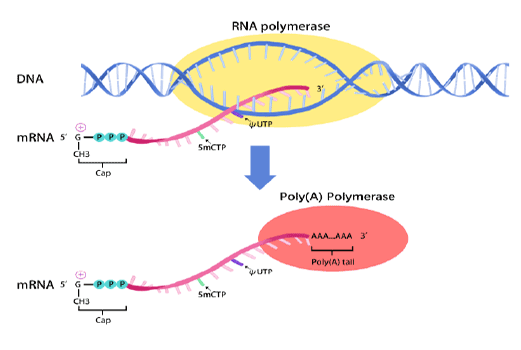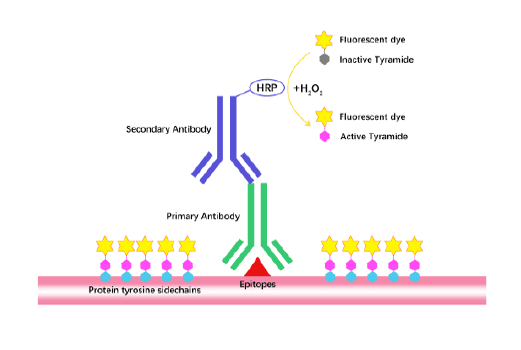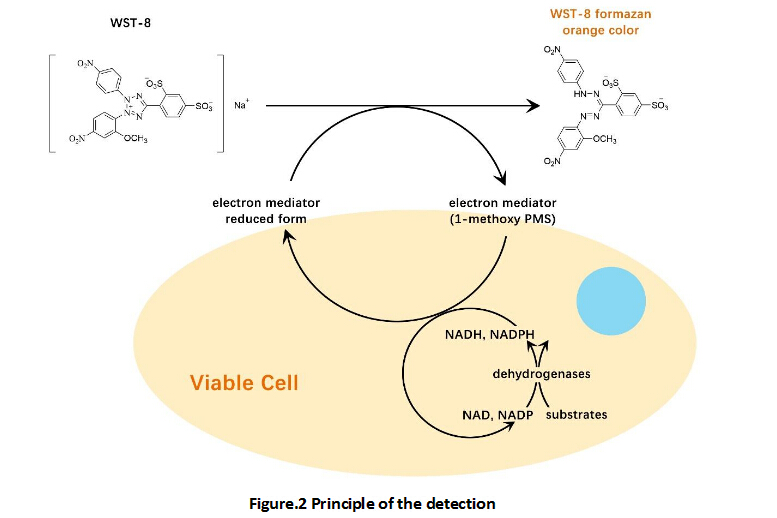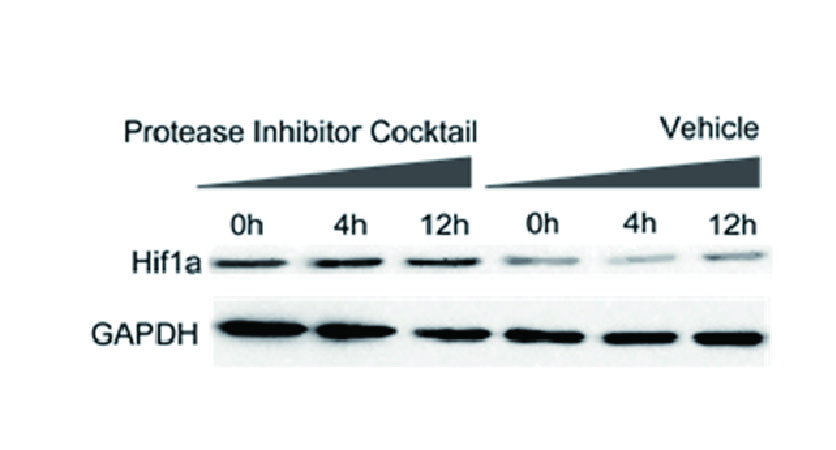Recombinant Human IL-28B/IFN-lambda 3
Interleukin-28B (also named interferon-lambda 3, IFN-lambda 3), IL-28A (IFN-lambda 2) and IL-29 (IFN-lambda 1) are type III interferons that are class II cytokine receptor ligands [1-4]. They are distantly related to members of the IL-10 family and type I IFN family [1- 4]. Human IL-28B cDNA encodes a 200 amino acid (aa) protein with a 25 aa signal peptide and a 175 aa mature protein that lacks N-glycosylation sites. Mature human IL-28B shares 64% and 75% aa sequence identity with mouse and canine IL-28B, respectively, and is active across species [5]. Human IL-28B shares 94% and 69% aa identity with human IL -28A and IL-29, respectively [4]. Type III interferons are widely expressed, but are mainly produced by antigen presenting cells in response to viruses and double -stranded RNA that interact with Toll-like receptors or RIG-1 family helicases [2-6]. They signal through a widely expressed receptor that is a heterodimer of the IL-10 receptor beta (IL-10 R beta) and IL-28 receptor alpha (IL-28 R alpha; also called IFN-lambda R1) [2, 3, 7, 9]. Interaction of either type I or type III IFNs with their receptors activates similar pathways, including JAK tyrosine kinase activation, STAT phosphorylation and formation of the IFN-stimulated regulatory factor 3 (ISGF-3) transcription factor complex [1-3]. Both type I and III IFNs induce anti-viral activity and up-regulate MHC class I antigen expression [2-6]. Cell lines responsive to type III IFNs are also responsive to type I IFNs, but in general, higher concentrations of type III IFNs are needed for similar in vitro responses [8]. In vivo, however, type III IFNs enhance levels of IFN-gamma in serum, suggesting that the robust anti-viral activity of type III IFNs may stem in part from activation of the immune system [5, 7]. Anti-proliferative and antitumor activity in vivo has also been shown for type III IFNs [9-11].
Reference
[1]. Chen, Q. et al. (2006) Vitam. Horm. 74:207.
[2]. Sheppard, P. et al. (2003) Nat. Immunol. 4:63.
[3]. Kotenko, S.V. et al. (2003) Nat. Immunol. 4:69.
[4]. Bartlett, N.W. et al. (2005) J. Gen. Virol. 86:1589.
[5]. Ank, N. et al. (2006) J. Virol. 80:4501.
[6]. Onoguchi, K. et al. (2007) J. Biol. Chem. 282:7576.
[7]. Siebler, J. et al. (2007) Gastroenterology 132:358.
[8]. Meager, A. et al. (2005) Cytokine 31:109.
[9]. Lasfar, A. et al. (2006) Cancer Res. 66:4468.
[10]. Sato, A. et al. (2006) J. Immunol. 176:7686.
[11]. Zitzmann, K. et al. (2006) Biochem. Biophys. Res. Commun. 344:1334.
|
Accession # |
AAN28264 |
|
Alternate Names |
interleukin-28B; IFN-lambda 3; IL28B; IL-28B; IL28C; interferon, lambda 3 |
|
Source |
Human embryonic kidney cell, HEK293-derived human IL-28B/IFN-lambda 3 protein |
|
Protein sequence |
Arg30-Val200 |
|
M.Wt |
19.6 kDa |
|
Appearance |
Solution protein. |
|
Stability & Storage |
Avoid repeated freeze-thaw cycles. It is recommended that the protein be aliquoted for optimal storage. 3 years from date of receipt, -20 to -70 °C as supplied. |
|
Concentration |
0. 2 mg/mL |
|
Formulation |
Dissolved in sterile PBS buffer. |
|
Reconstitution |
We recommend that this vial be briefly centrifuged prior to opening to bring the contents to the bottom. This solution can be diluted into other aqueous buffers. |
|
Biological Activity |
Measured in an anti-viral assay using HepG2 human hepatocellular carcinoma cells infected with encephalomyocarditis (EMC) virus. The EC50 for this effect is 0.1-0.5 ng/mL. |
|
Shipping Condition |
Shipping with dry ice. |
|
Handling |
Centrifuge the vial prior to opening. |
|
Usage |
For Research Use Only! Not to be used in humans. |
Quality Control & DataSheet
- View current batch:
-
Purity > 95%, determined by SDS-PAGE.
- Datasheet
Endotoxin: <0.010 EU per 1 ug of the protein by the LAL method.








